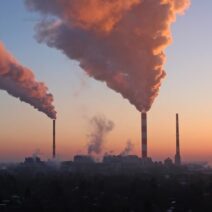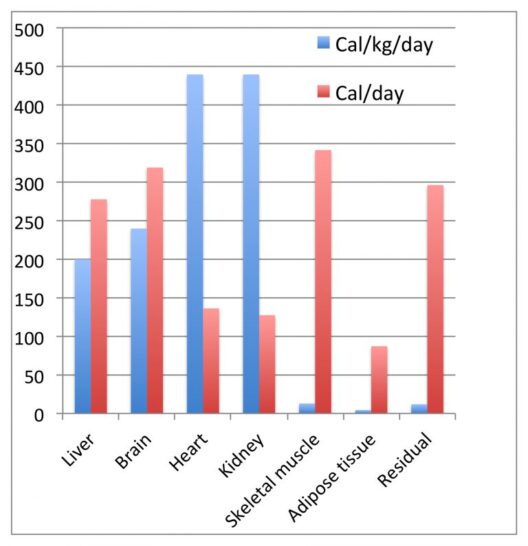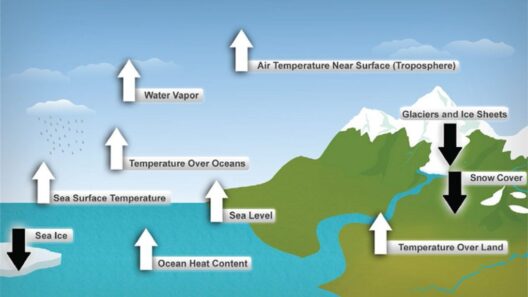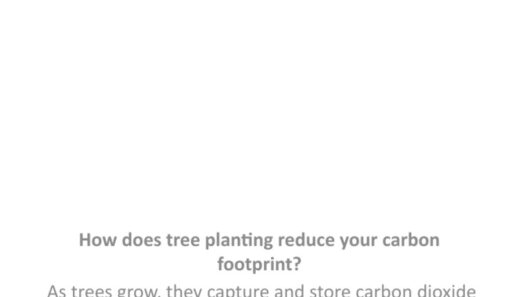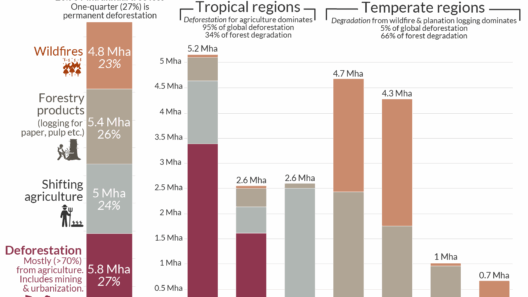The specter of climate change looms over the United States like a storm cloud, casting shadows on the fabric of the American economy. Just as the horizon darkens before a tempest, industries across the nation are bracing for impacts that threaten not only the environment but also the livelihoods of millions. American jobs are on the line as the economic realities of a warming world unfold, leading to an urgent reevaluation of our priorities and practices.
The climate crisis is not merely an environmental issue; it is an economic one that reverberates across multiple sectors. It may be likened to a vast, tangled web—the consequences of climate change ensnaring various industries, often in unpredictable ways. From agriculture to manufacturing, the interconnectedness of our economy means that no sector can remain unscathed. As temperatures rise and weather patterns become increasingly erratic, jobs in numerous sectors find themselves precariously teetering on the edge.
The agricultural sector stands at the forefront of this precarious situation, where the repercussions of climate change are particularly acute. Imagine farms once lush and bountiful, now withering under the assault of prolonged droughts, intense storms, and pestilence exacerbated by shifting climates. The irony is stark: while the land is traditionally viewed as a steadfast provider, it is now becoming a formidable adversary. Farmers face shrinking yields, leading to economic strain that ripples through local economies and threatens job stability from field to fork.
Consider the implications of these disruptions. The interdependence of agricultural jobs and those in related sectors—transportation, food processing, and retail—cannot be overstated. When farmers suffer, truck drivers hauling produce, factory workers processing food products, and grocery employees stocking shelves also feel the tremors. This is the economic chain reaction: a single strain can lead to a cascade of job losses, prompting local economies to experience a downturn akin to a domino falling, one after another.
Similarly, the manufacturing sector is not immune to the shadows cast by climate change. Picture factories where machinery once hummed with productivity, now halted by supply chain disruptions stemming from extreme weather. As the climate crisis exacerbates the frequency and severity of natural disasters, manufacturers find themselves grappling with unforeseen expenses associated with repairs, relocations, and compliance with new regulations. The challenge is twofold: not only must they contend with physical damages, but they must also navigate an evolving regulatory landscape that prioritizes sustainability and electrification.
Yet, amidst this turmoil lies an opportunity—a renaissance of green jobs. In response to the stark realities of a warming world, sectors focused on renewable energy, energy efficiency, and sustainable practices are gaining traction. These burgeoning industries represent hope, reminiscent of a phoenix rising from the ashes. The transition to a green economy can create millions of new jobs, but it necessitates a concerted effort to reskill and adapt the existing workforce.
Investment in training programs is paramount. Workers displaced from traditional energy sectors, such as coal mining and fossil fuel extraction, can be retrained for jobs in solar and wind energy. Picture them not as casualties of a failing industry but as pioneers embarking on a new journey. Each new solar panel installed, each wind turbine erected, signifies not just the creation of energy, but the restoration of livelihoods—a reimagining of roles within a sustainable economy.
Moreover, the retrofitting of existing infrastructure to meet climate resilience standards offers another avenue for employment. As communities grapple with rising sea levels and increased flooding, initiatives aimed at fortifying roads, bridges, and buildings will be essential. These endeavors require skilled laborers, engineers, and project managers, laying the groundwork for a more resilient economy while countering climate change.
Investments in climate adaptation are paramount for safeguarding jobs across sectors. Policymakers must recognize that the cost of inaction will far outweigh the investments needed to transition toward sustainable practices. Every dollar spent on resilience and adaptation translates into dividends for the economy, protecting jobs and fortifying communities against future climate-related shocks.
As the dialogue around climate change progresses, awareness of the economic realities must become part of the narrative. The challenges may seem daunting, akin to navigating a ship through treacherous waters, but the horizon is not devoid of hope. By aligning economic policies with climate science and prioritizing green initiatives, Americans can harness ingenuity and resolve in the face of adversity.
Ultimately, the narrative shifts towards one of resilience—not merely in terms of the environment but also of the workforce that sustains it. Envisioning an America where jobs thrive amidst climate action is not just aspirational; it is a necessity. The economic realities of a warming world demand a collective response—one that can bolster employment while also honoring our obligation to protect the planet. In this endeavor, American ingenuity and adaptability can shine brightly, steering the nation toward a more sustainable and prosperous future.
As the sun rises on this new frontier, it illuminates the potential for growth, innovation, and an economic revival built on the principles of sustainability. The challenge lies not in the inevitability of climate change but in our response to it. American jobs are indeed on the line, but so too are the possibilities for transformation and renewal.


